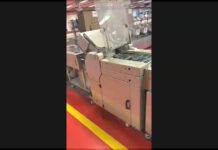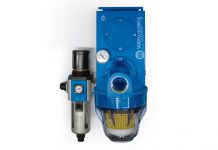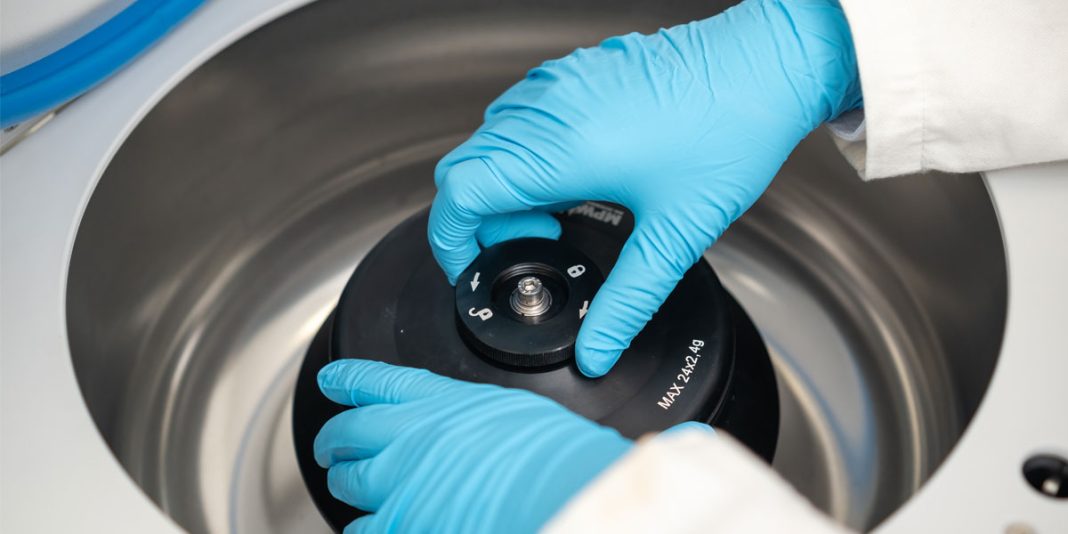The vacuum has many applications in scientific, technological and industrial fields, as it allows us to avoid or reduce certain unwanted phenomena caused by the interaction of gases with surfaces, substances or radiation.
An example of using vacuum in laboratory is that of ultracentrifuges, centrifuges rotating at speeds of over 200,000 rpm, capable of separating extremely small particles in solution, such as viruses, proteins, nucleic acids.
Ultracentrifuges are fundamental tools for biological and biochemical research, but they also present some technical challenges.
Because they rotate so fast, their rotors reach extremely high temperatures, causing convection currents that disrupt solid-liquid separation. In addition, the centrifugal force generates high pressure on the walls of the tubes containing the solutions to be centrifuged, increasing the risk of rupture or deformation.
To avoid these problems, the rotors of ultracentrifuges are, therefore, housed in a vacuum, i.e. in a hermetically sealed chamber in which pressure is reduced to a minimum. This eliminates contact between the gases and the rotors, reduces friction and the heat generated; prevents the formation of convection currents and reduces the pressure on the tubes.
Vacuum enables more effective and precise separation of particles in solution, with less risk to the safety and quality of samples.
This is just one example of how vacuum is an indispensable technology for laboratory work. It offers numerous advantages, such as the prevention of unwanted chemical and physical processes and the reduction of energy consumption and process times.
However, vacuum also requires specific precautions and equipment, which must be chosen, used and maintained with care and expertise.
Vuototecnica has been dealing with vacuum technology for almost fifty years. Please, read more at: www.vuototecnica.net.









































